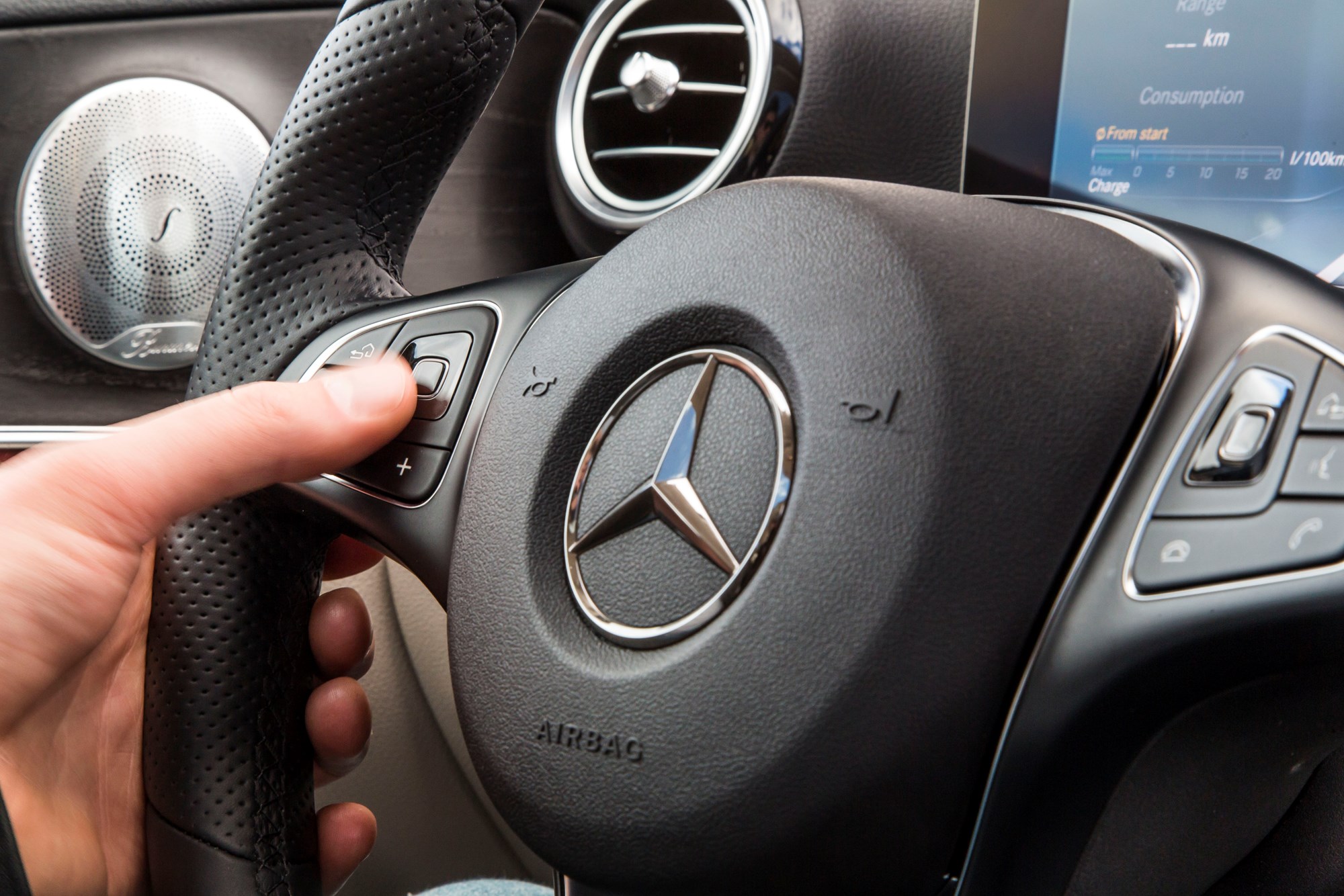Autonomous vehicles a step closer
A UK study into autonomous driving predicts self-driving cars will increase traffic on our roads substantially.
Why? If you’re elderly and can’t drive any more, get a self-driving car. Too busy to drive the kids to school or there’s no public transport? Potentially, you could pop them in an autonomous car and they’ll get there themselves.
If a disability or medical condition prevents driving, a self-driving car allows independence.
We’re not talking sci-fi. We’re getting closer to legalised autonomous vehicles within the decade.

I’ve been in Europe for the Geneva motor show, the launch of the Mercedes-Benz’s E-Class sedan (see driven.co.nz), and BMW’s centenary celebrations.
The E-Class is a step closer to autonomous driving and can control itself up to 210km/h. We were on Lisbon’s motorway, in busy traffic, driving at 120km/h and the E-Class moved lanes by itself.
At first, it was disconcerting, and my hands hovered over the steering wheel ready to take over. But after about 10 minutes I grew accustomed to the system. I realised it would be easy to let the car take control, and instead sit back, relax, catch up on emails.
It’s those sort of futurist autonomous cars BMW is looking at.
The company revealed its concept car, Vision Next 100, at its Munich celebrations (see driven.co.nz) this week. It had a future-proof driving system where you could either drive the car yourself or it drove itself while you used the large windscreen as your work computer screen.




